Performance Analysis
sRGB gamut coverage of 95 percent is a decent enough result for a TN panel. The same is true of the measured contrast ratio of 680:1. The smaller screen in the family was able to do better here, but this bigger one has a larger range of brightness including a minimum brightness that allows it to easily be set to a comfortable long-term level. Another good result is the white point of 6,100K, a little warm compared to the ideal of 6,500K, but not so far off as to be an issue. The built-in Normal preset nets you a cooler image that some may prefer, but the Cool setting is excessive.
The colour accuracy results point to a screen that has been calibrated much the same as the smaller model, which is hardly surprising. An average delta E value of 2.88 could definitely be improved upon, but anything under 3 is still a good result. To our own eyes, we couldn't spot many issues beyond slightly yellow skin tones and a few mildly washed out areas of test images. Helping the screen along is its solid gamma performance, with the default 2.2 setting doing what it says on the tin. We noticed a few details were crushed at the very extremes of the white and black scales, but this is commonplace. Viewing angles, however, are poor, and this is where the lack of physical adjustments hurts TN panels like this one.
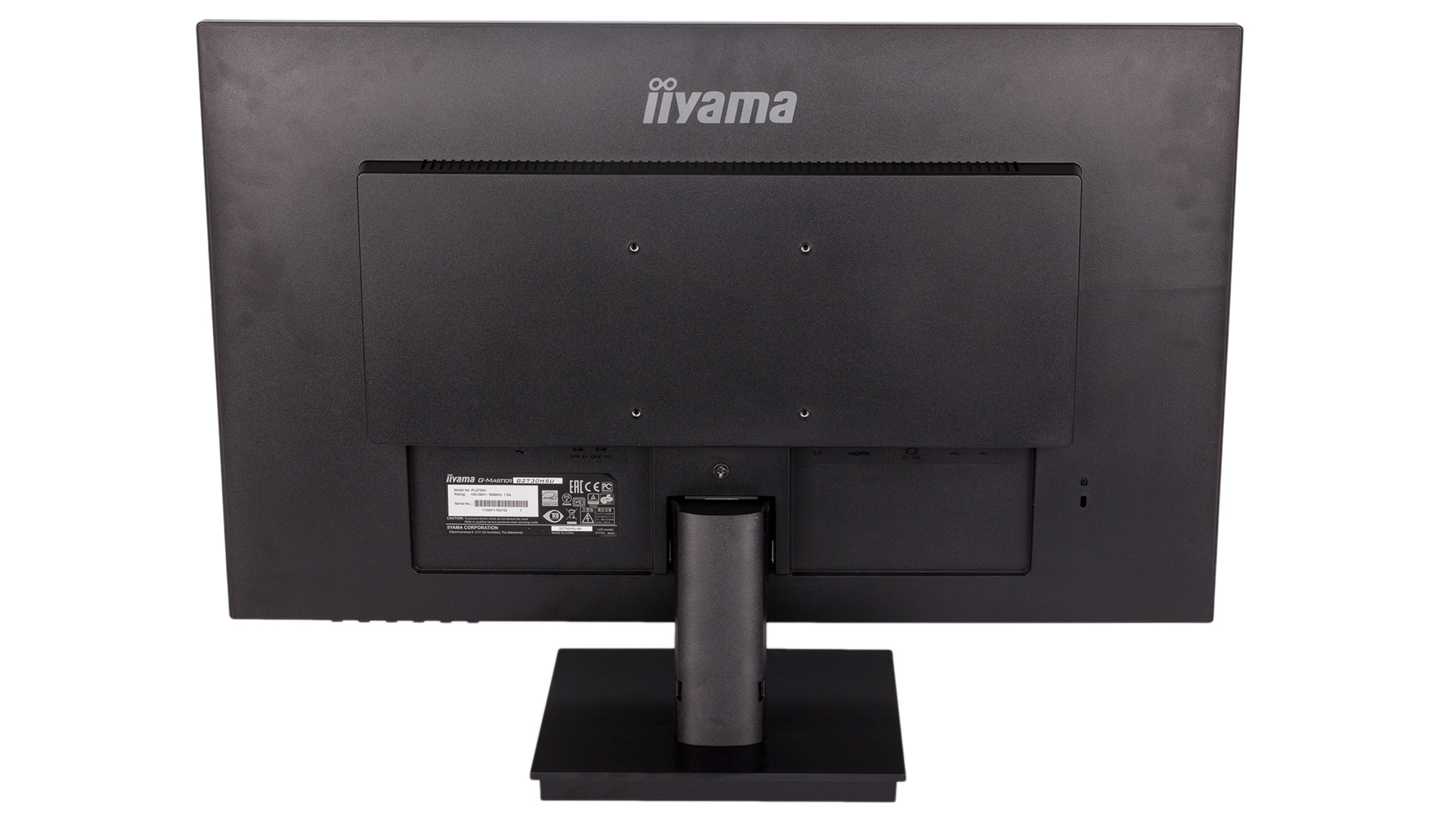
An area where the screen excels is uniformity, both in luminance and particularly in colour. This is especially important for larger screens like this one, as you're more likely to notice deviations. In a dark room with an all-black image, you can observe some backlight bleed along the top and bottom, but it's really very mild and tough to notice in normal circumstances.
Converse to our experience with the 24.5” model, we did notice a bit of ghosting with this screen regardless of what overdrive setting we used. On the plus side, there was no perceptible input lag, and FreeSync works as expected. As before, you'll want to be aiming for minimum frame rates of around 50fps to maximise the benefits the technology brings, but this is the sort of minimum you should be aiming for ideally anyway, at least in faster-paced games.
Calibration definitely benefits this screen; we managed a new average delta E value of 1.29. To be honest, though, it's not the type of screen many will be looking to calibrate, and the out-of-box performance is accurate enough for light and non-professional media work.
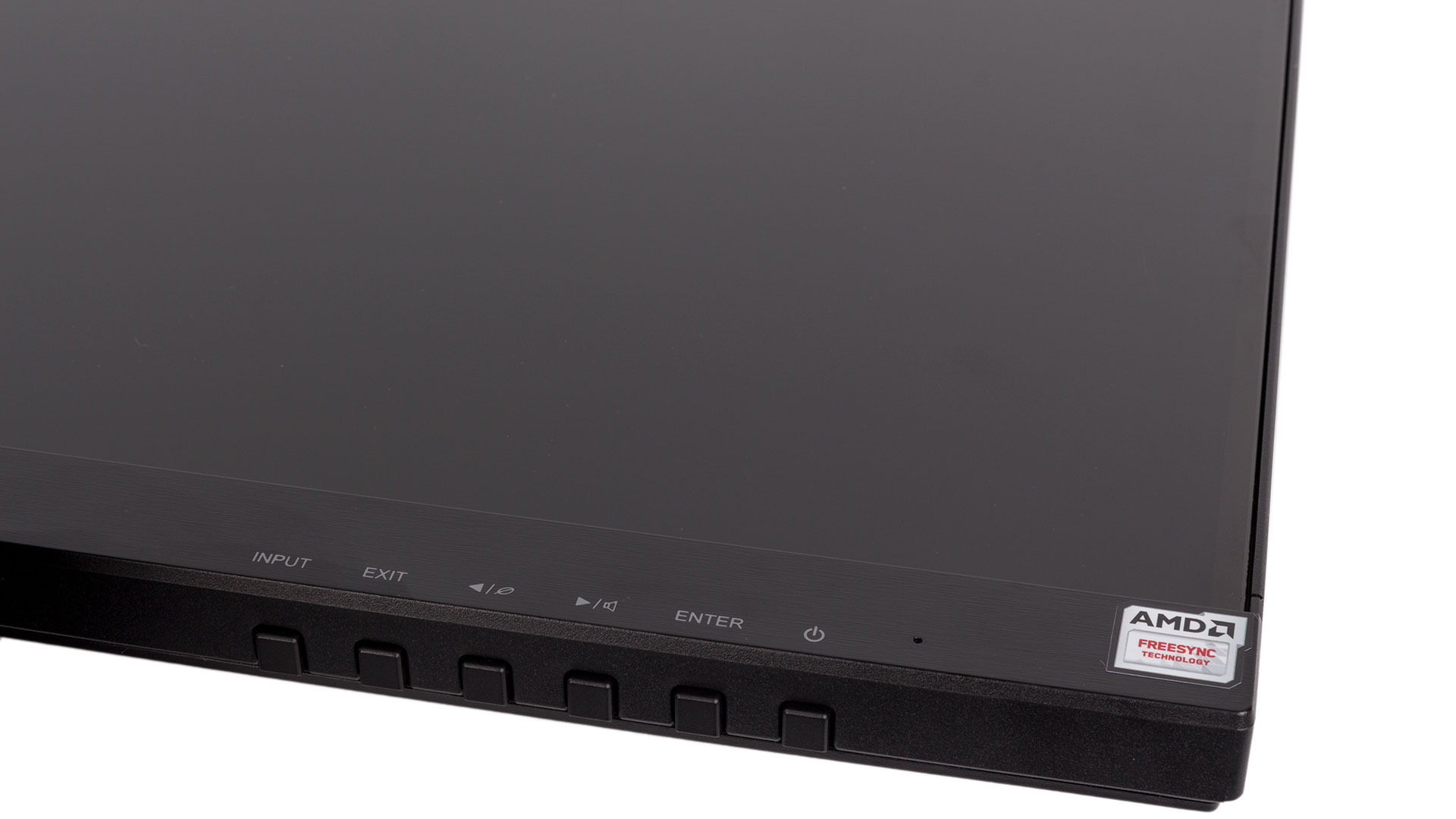
Conclusion
The G2730HSU is similar to its smaller sibling in the sense of being one of the least expensive (if not the least expensive) screen of its class i.e. 27”, 1080p, FreeSync-enabled. It's the latter point that's really key here, as it's this that means it has its eyes on the lucrative gaming market. If you only need a screen for productivity and light gaming at most, you can get even better value screens than this by dropping FreeSync.
If you're a die-hard AMD fan, FreeSync will be your only option for variable refresh rate, but those on the fence will also be considering G-Sync. This is still a much more expensive proposition (double the price or more for the majority of screens), and we maintain that FreeSync is the best weapon in AMD's gaming GPU arsenal at the moment. As such, the further away FreeSync screens can be in price from those G-Sync ones, the more attention they're likely to draw.
Truth is, if you already have 27”, FreeSync, and a £200 budget in mind, there isn't a lot of choice, and this monitor will win fans by dint of those qualities alone, and rightly so. As with the smaller screen, there are sacrifices, however: no height adjustment, fiddly and slow USB ports, a narrow FreeSync range, and a few ghosting issues, for example. Again, there are just one too many niggles for us to outright recommend this, but we're sure many of you can live with the qualms we've pointed out – just be sure to tune your games to keep them at around 50fps or more.

MSI MPG Velox 100R Chassis Review
October 14 2021 | 15:04

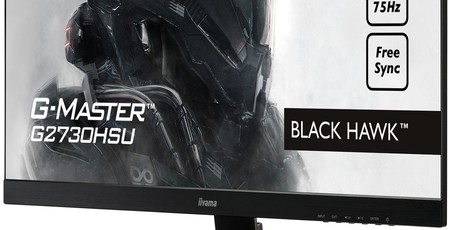
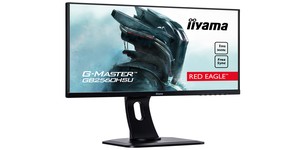
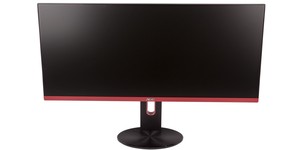
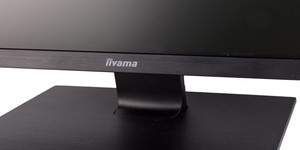




Want to comment? Please log in.